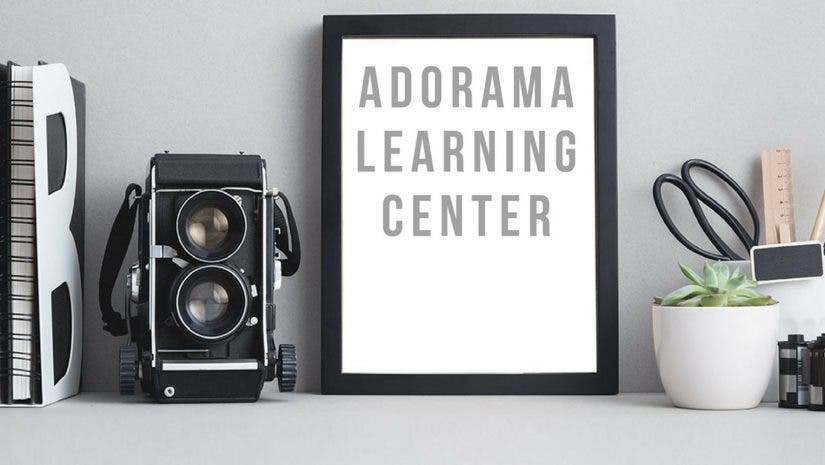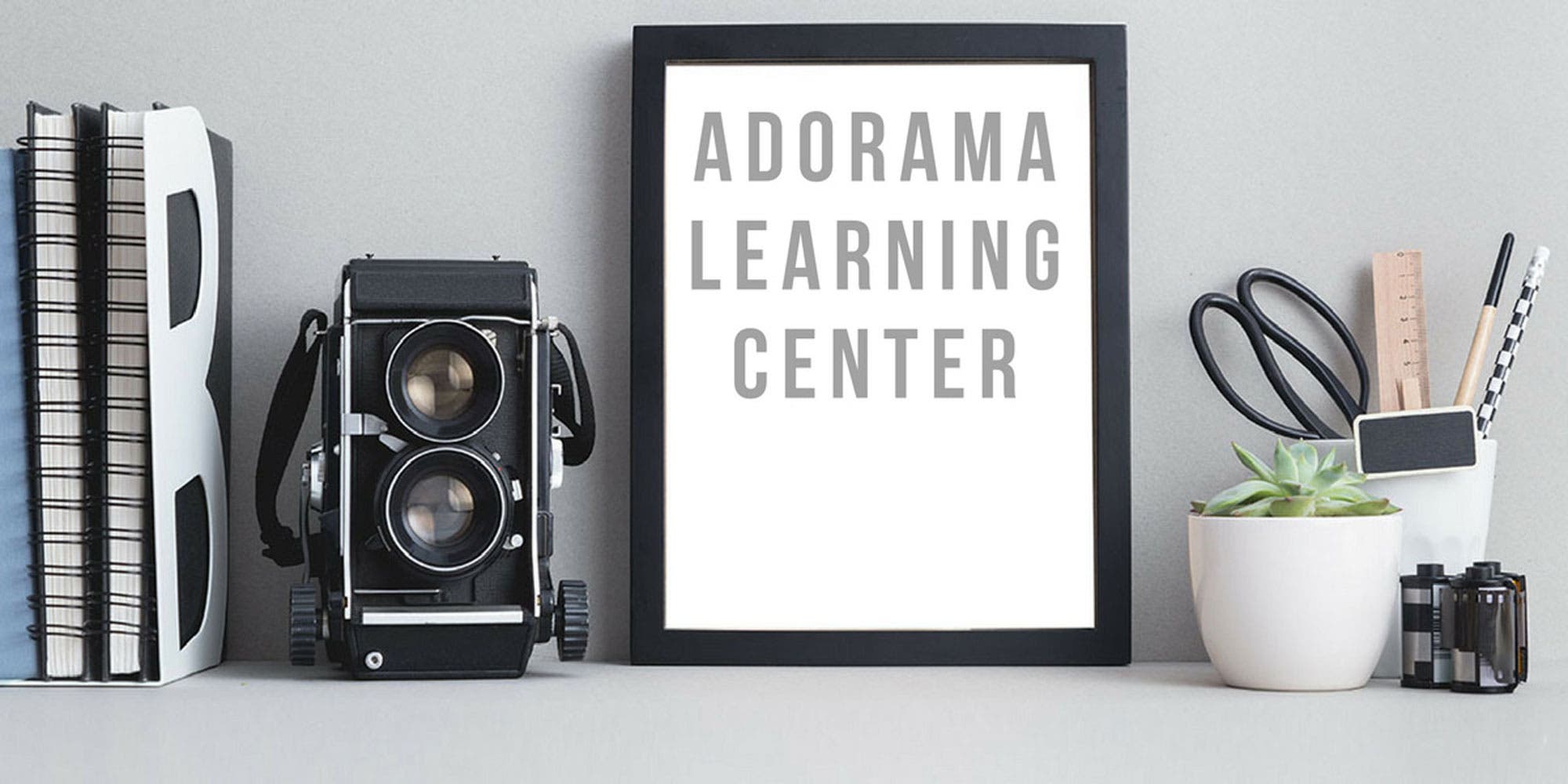| We published over 150 articles in 2007, and started eight special sections. What were your favorites? We checked our stats, and here are the most-viewed articles we posted year.
Flatbed and Film Scanners Part of our “100 in 100” series, this is a quick look at the benefits of flatbed scanners that can also scan film. And once you’ve scanned, we offered some time-saving advice for getting rid of that inevitable scourge of scanning, dust. True Color: Optimize Your Monitor A non-calibrated system can result in unwanted tints in prints, and costs time and money in re-do’s based on guesswork. Diane Miller’s well-read article looks at the basics of displaying accurate monitor color, and is one of many helpful stories in our Digital Darkroom section, which debuted in July. Advanced Digital Printing: Take Control! A companion piece to the above article, this one shows how, once your monitor is calibrated, to be in complete control of print quality. Diane Miller takes us step-by-step through the print process, from image setup to choosing a paper and soft proofing, as well as what you need to know when working with third-party paper or sending your images to a lab for printing. It’s a must-read for serious printers. Using Light Modifiers The last in the popular four-part series on studio lighting basics that was started in late ’06, Joe Farace’s look at light modifiers describes the plusses and minuses of reflectors, soft boxes, umbrellas, and light banks. The other articles explain what Monolights, AC/DC Packs and Heads, and Continuous Light Sources are and how to use them. If you’re thinking about making the big investment doing studio work, this series offers essential information that will help you make crucial buying decisions. Picture-Taking Techniques–Outdoor Portraits Getting flattering portraits while working with outdoor light is a great challenge, so it’s no wonder our two-part series on outdoor portraits generated a lot of interest. In part one, we showed how to get flattering shots when the sun is shining brightly, while part two concentrated on shady and cloudy-day portraits. In general, our special Portrait Photography section, which we introduced in July, got lots of looks. Let’s face it: People love taking pictures of people–unless they’re taking pictures of dogs. 100 in 100: Look Down! One of the highlights of 2007 was “100 in 100: 100 Photography Tips in 100 Days.” In this, the first tip, we showed you can find great photographic subjects by looking (and shooting) down. This simple advice took less than a minute to read. It’s amazing how much you can improve your photography in only 60 seconds! What? You haven’t checked out 100 in 100 yet? Go now! How To Read a Histogram For digital newbies (and, believe it or not, for some veteran shooters), one of the great mysteries in life is what is a histogram. Our resident image-editing guru Diane Miller explains it all in a three-part series, looking at histograms for normal, hi-key (light), and low-key (dark) photos. Once you’ve read this, you’ll understand how all those peaks and mountains relate to your digital images on your camera and your computer. A Great Year For Lenses Our first-ever overview of new lenses introduced in 2007 was an instant hit, with many of you visiting and getting up-to-the-minute buying advice and information about the latest optical innovations. We learned that DSLR owners love to read about new lenses that they might want to add to their camera bags. Buying Guide: Choosing a Lens Which lens is best for you? That depends on your budget and the kind of photography you want to do. This is complicated by the fact that there are so many lenses out there. Bob Atkins, our resident optics expert, weighed these factors against the kinds of lenses available. The goal? To help you weed out the wrong lenses so you have a more manageable choice when making a buying decision. He looked at “OK, Better and Best” quality lenses, as well as third-party lenses, and offered his unbiased advice. Product Review: Adobe Photoshop CS3 As soon as she could get her hands on it, Diane Miller put Adobe Photoshop CS3 put its paces, and wrote a review exclusively for the AIRC. Along the way, she showed us some neat tricks it could do, such as a tutorial on selectively changing colors in an image. Back to 2007: By Popular Demand © 2007 Adorama |
Most popular AIRC articles 2007





